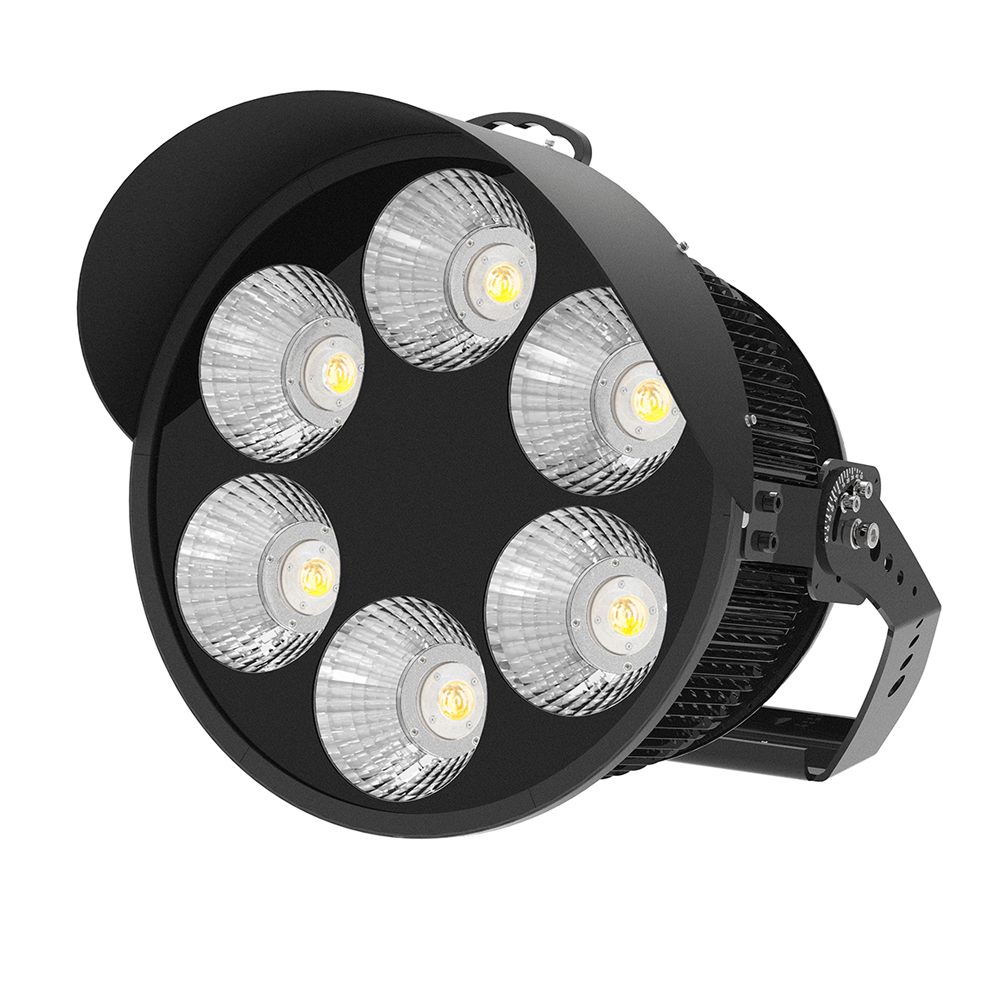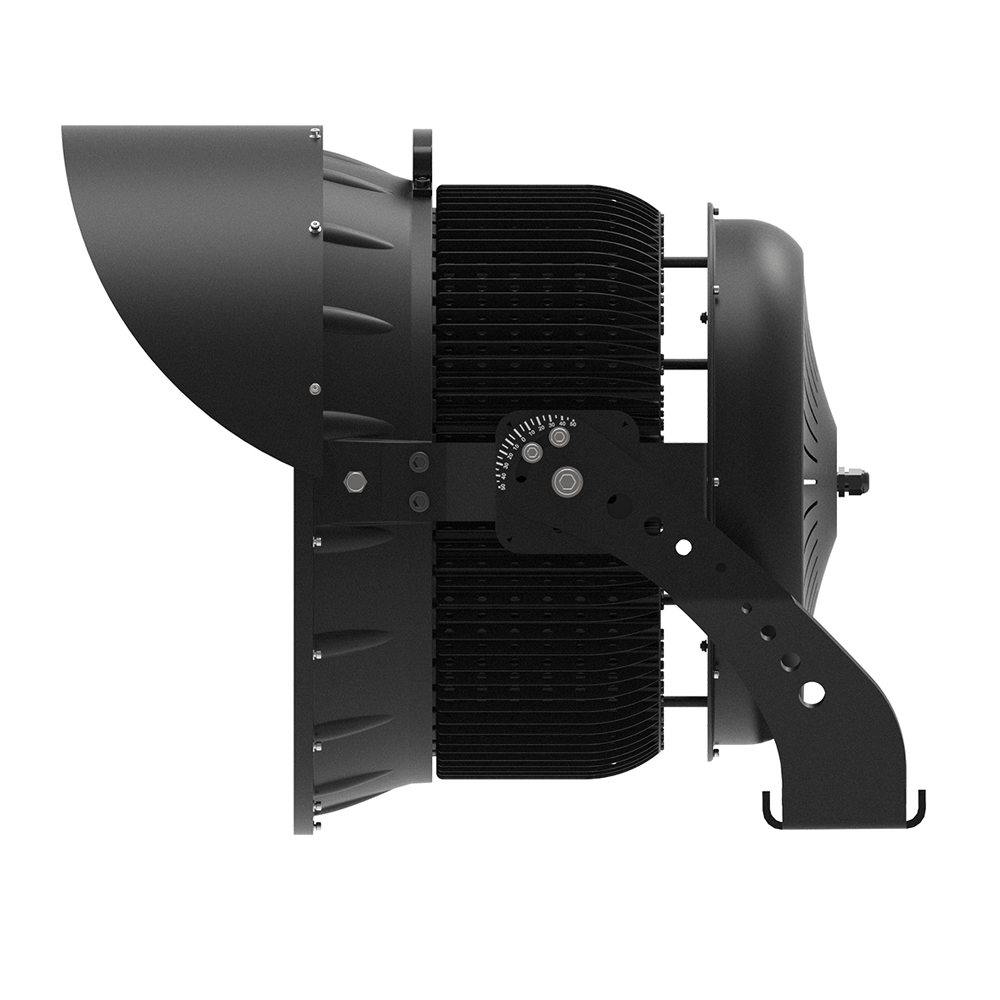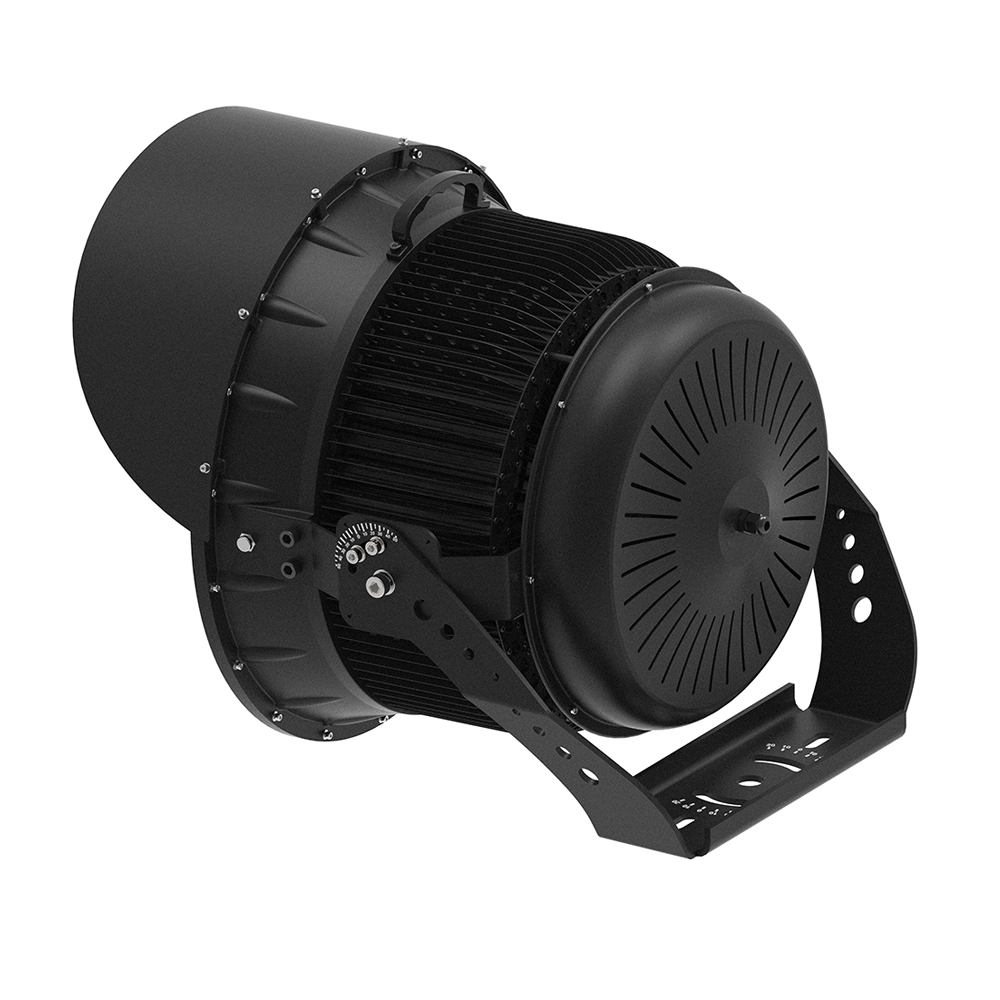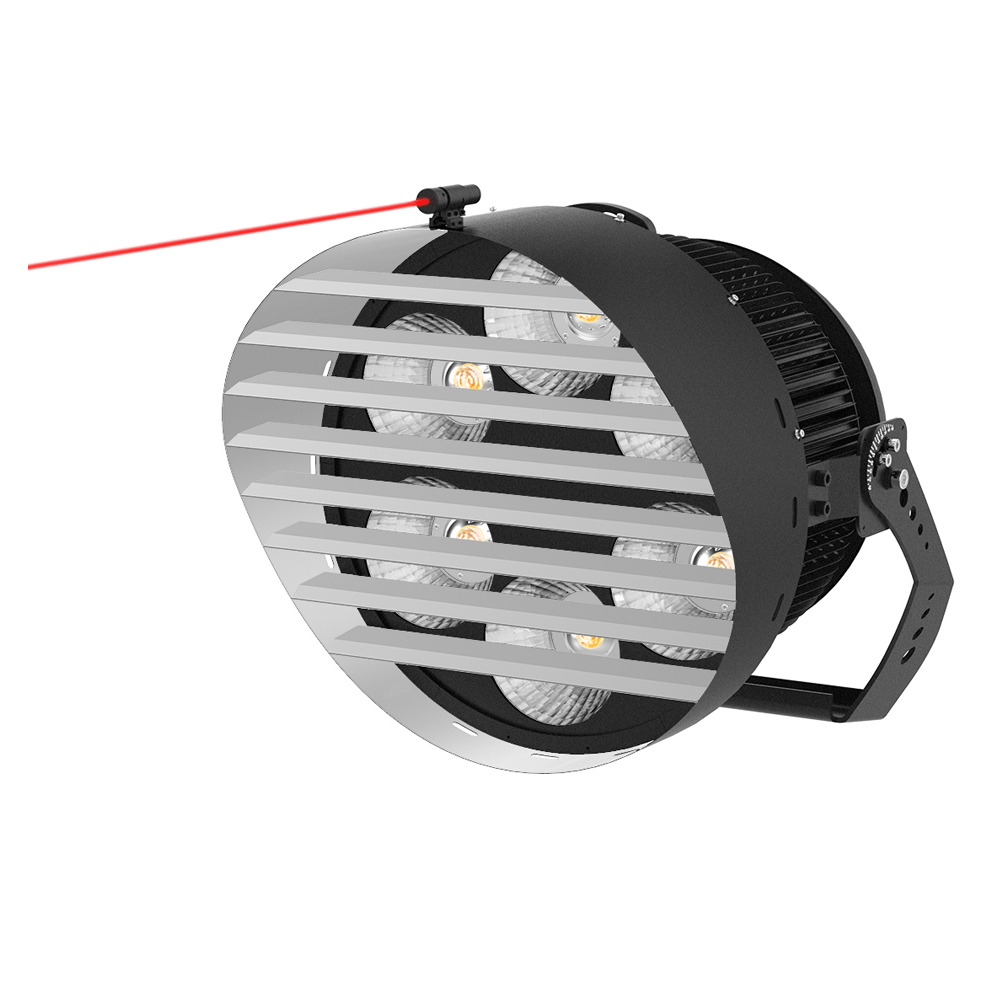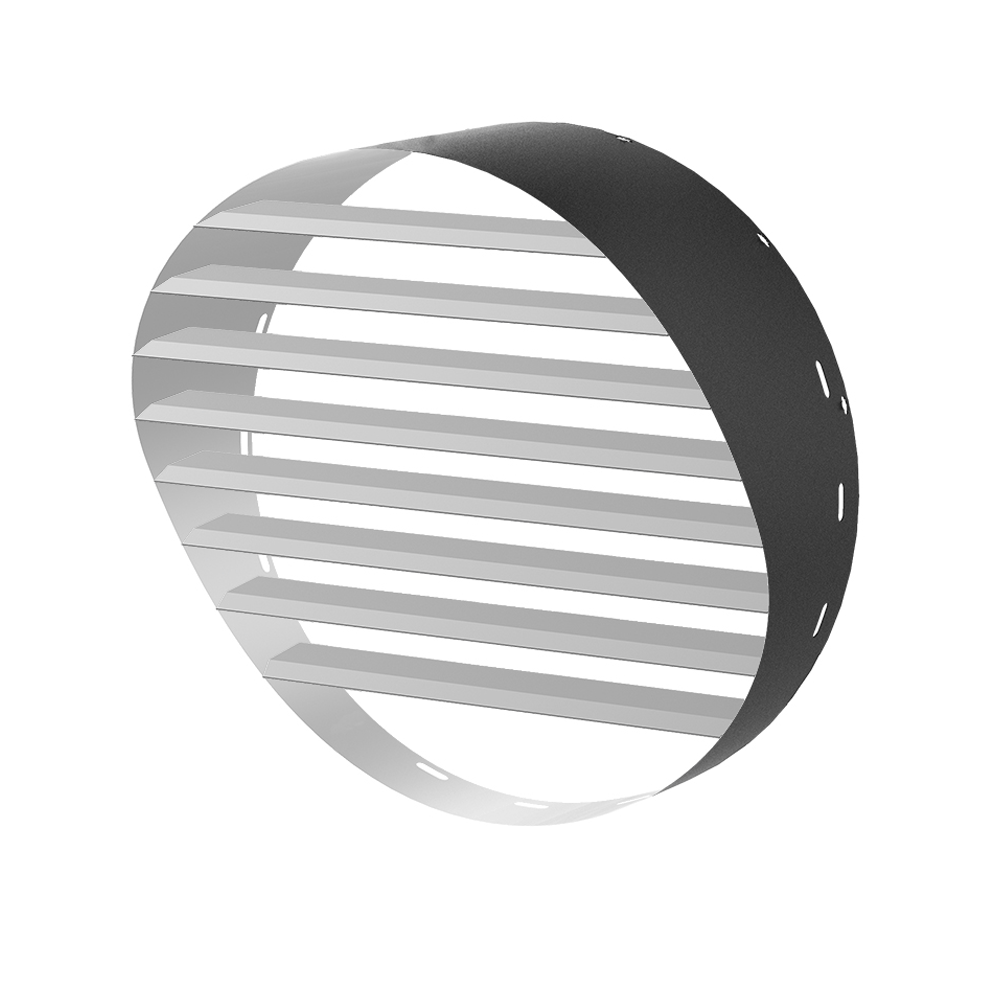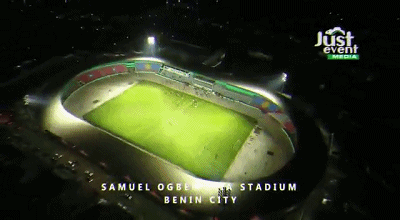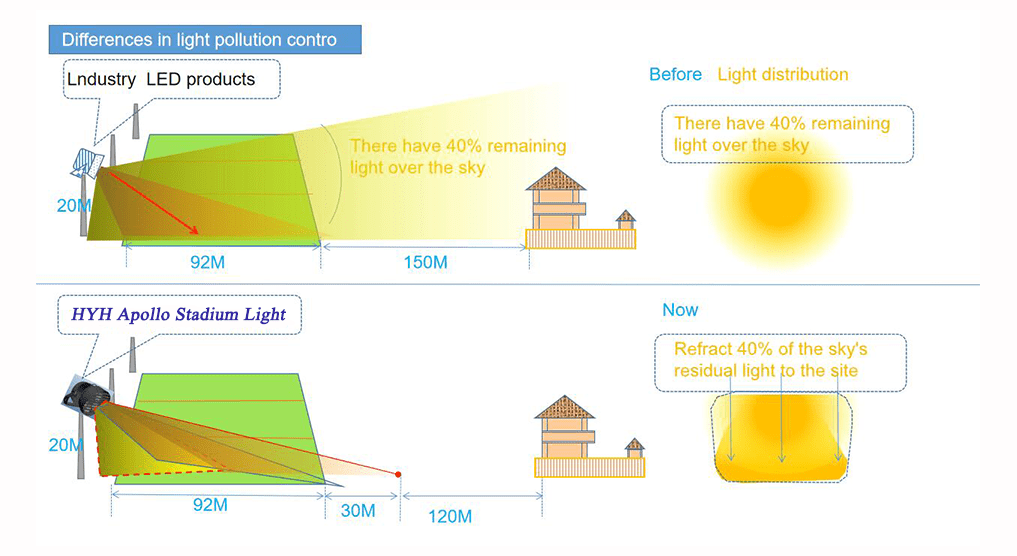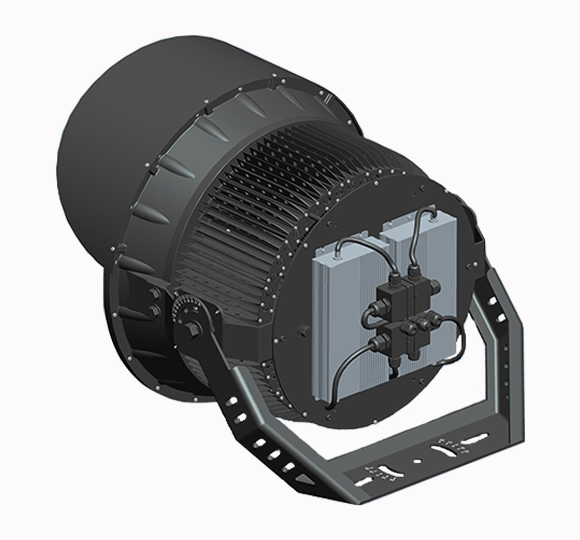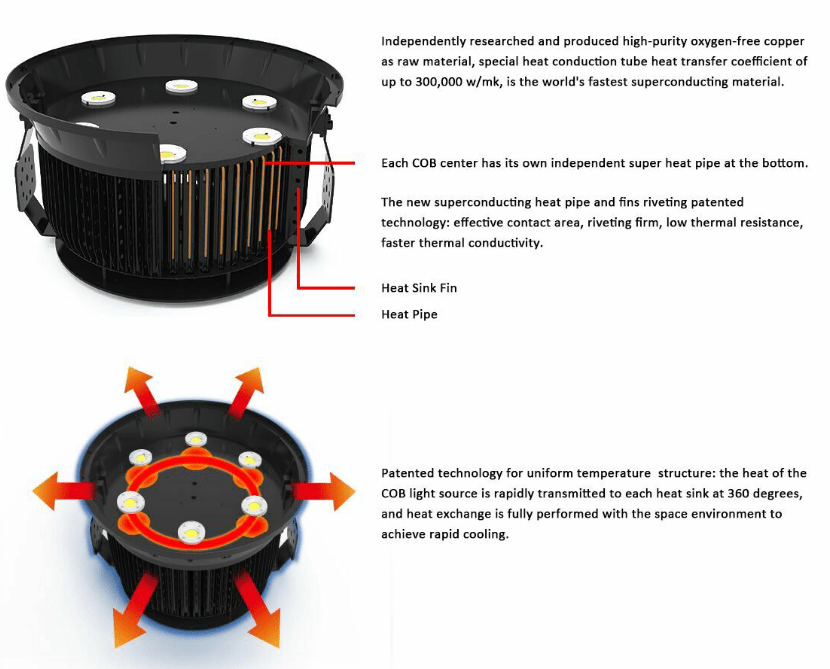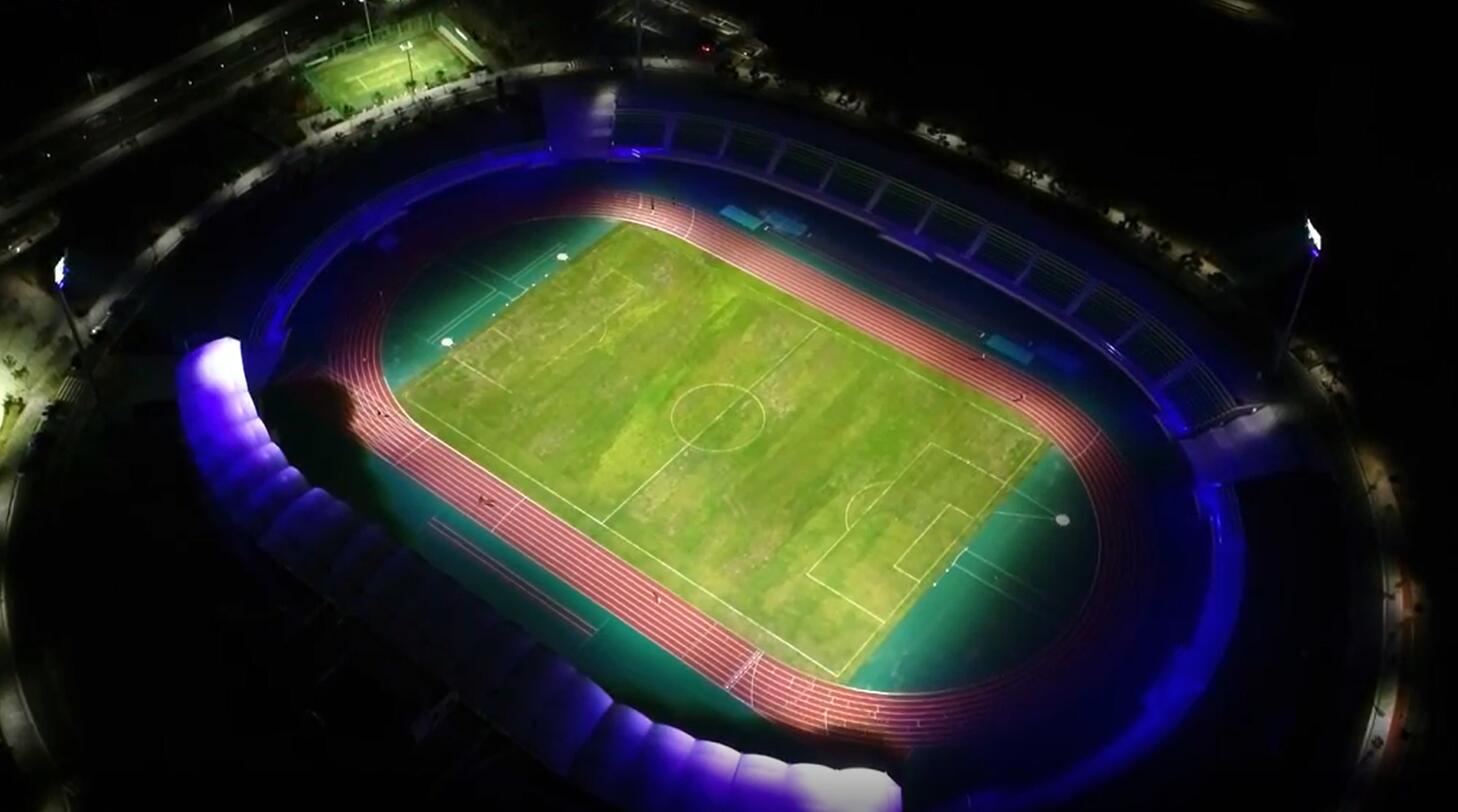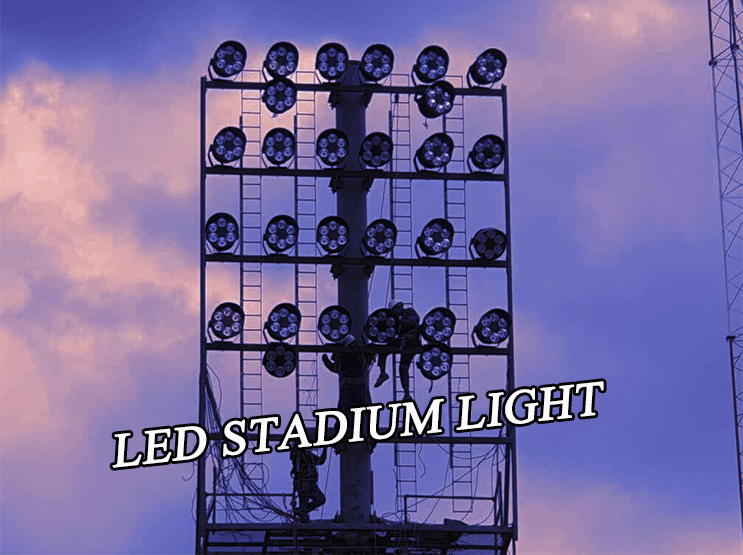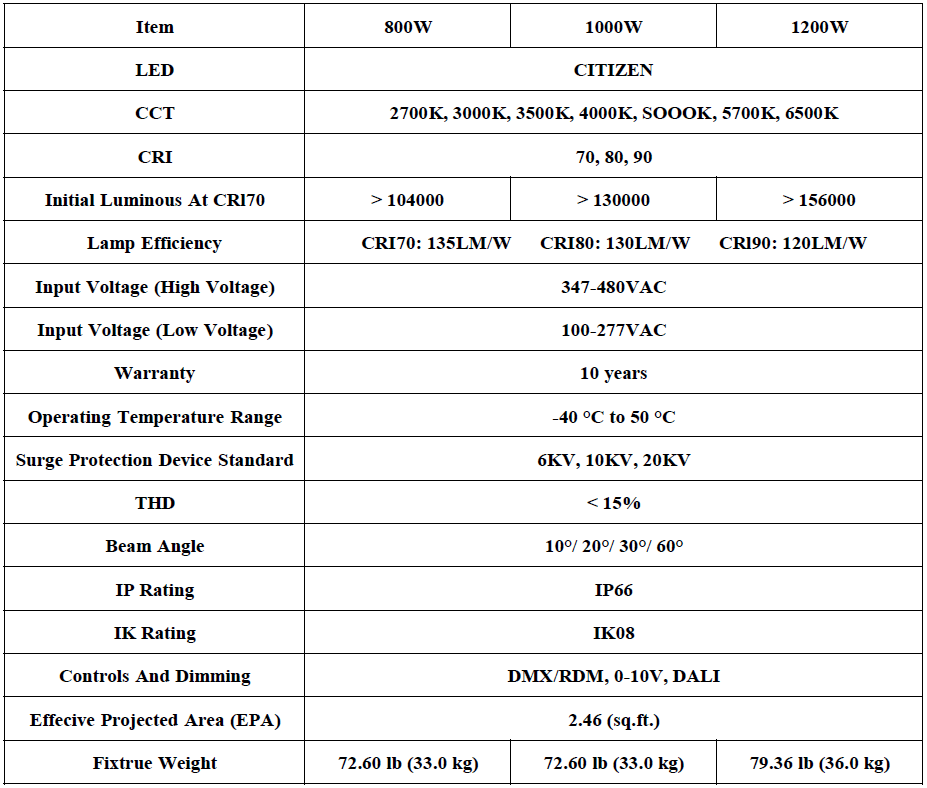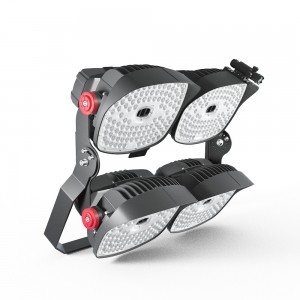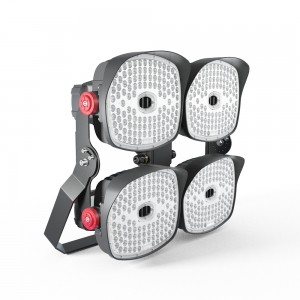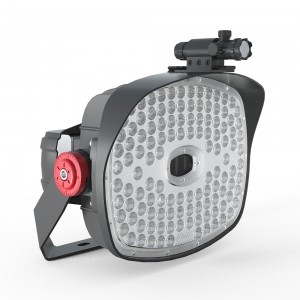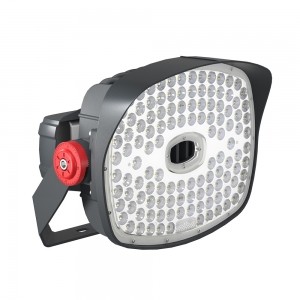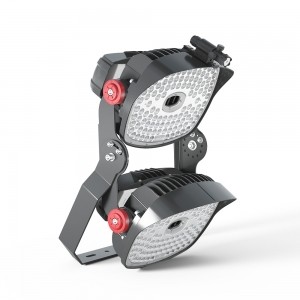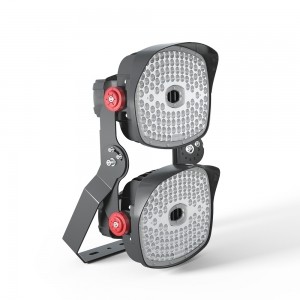Why do stadium lights take long to turn on?
You may have noticed that when you participate in a night football game, the metal halide (MH) lamp does not reach its full light output immediately after starting. This is why stadiums are usually opened before night falls, when the night is not dark enough to actually light up.
The so-called warm-up period is the first time you see the metal halide lamp in a large stadium or entertainment venue. The light from the bulb is very dim and will gradually increase over time. The reason lies in the mechanical structure of the lamp itself. The metal halide is an arc lamp. Its function is similar to other high-intensity discharge (HID) lamps, such as mercury vapor, high-pressure sodium and fluorescent lamps. During lamp operation, special salts (a mixture of mercury and metal halides) in the lamp tube will evaporate into a plasma. The bulb must be heated to a very high temperature (several thousand degrees Celsius) to operate. As the light is heated, the internal salt evaporates and the quality of the light output changes. It takes time to reach full power (hence the warm-up time).
Although metal halide lamps are ubiquitous in sports venues across the country, more and more LED lighting technologies have replaced them. Metal halides do provide high-quality lighting, but their use has certain disadvantages. For example, you cannot turn the light back on after turning it off. They also consume a lot of energy and require a warm-up period. With LED lighting, these problems are eliminated – many sports venues are turning to LED lights.

